FAQs | Repair Videos | Academy | Newsletter | Contact
Our Picks
Top content from across the community, hand-picked by us.

What Are These Capacitors Doing in This Convection Fan Motor Circuit?
Son of Samurai posted a blog entry in Appliance Repair Tech Tips,
-
-
- 1 reply

Picked By
Samurai Appliance Repair Man,
Testing Knipex 85 51 180A "Spring Hose Clamp Pliers" vs. ERP KP-2 Hose Clamp Pliers
Rhubarb Tau posted a blog entry in Rhubarb Tau's Sloggy Vlog Blog Bog,
-
-
- 3 replies

Picked By
Samurai Appliance Repair Man,
How to troubleshoot AC motor problems using amps
Son of Samurai posted a blog entry in Appliance Repair Tech Tips,
What do I mean by that? When you have a motor that is misbehaving, the best, most informative electrical test you can do by far is amps. And one of the worst mistakes you could make is to just rely on ohms when testing a motor.
-
-
- 0 replies

Picked By
Samurai Appliance Repair Man,
Learn the Surprising Complexities of this Dryer Push-to-Start Switch Circuit
Son of Samurai posted a blog entry in Appliance Repair Tech Tips,
-
-
- 2 replies

Picked By
Samurai Appliance Repair Man,
Easy way to check out an inverter compressor
Son of Samurai posted a blog entry in Appliance Repair Tech Tips,
-
-
- 6 replies

Picked By
Samurai Appliance Repair Man,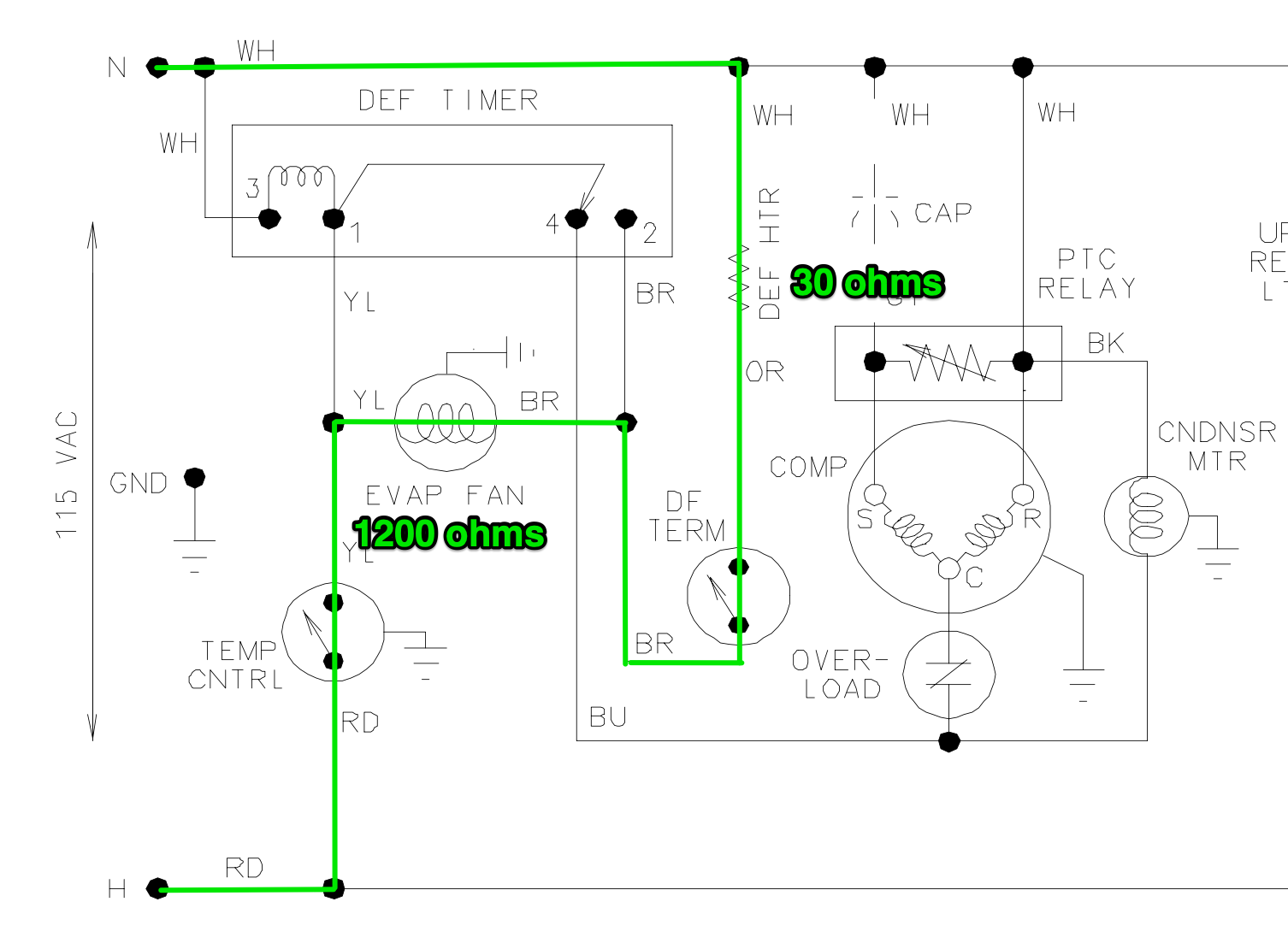
Why Bother With Ohm's Law?
Son of Samurai posted a blog entry in Appliance Repair Tech Tips,
-
-
- 8 replies

Picked By
Samurai Appliance Repair Man,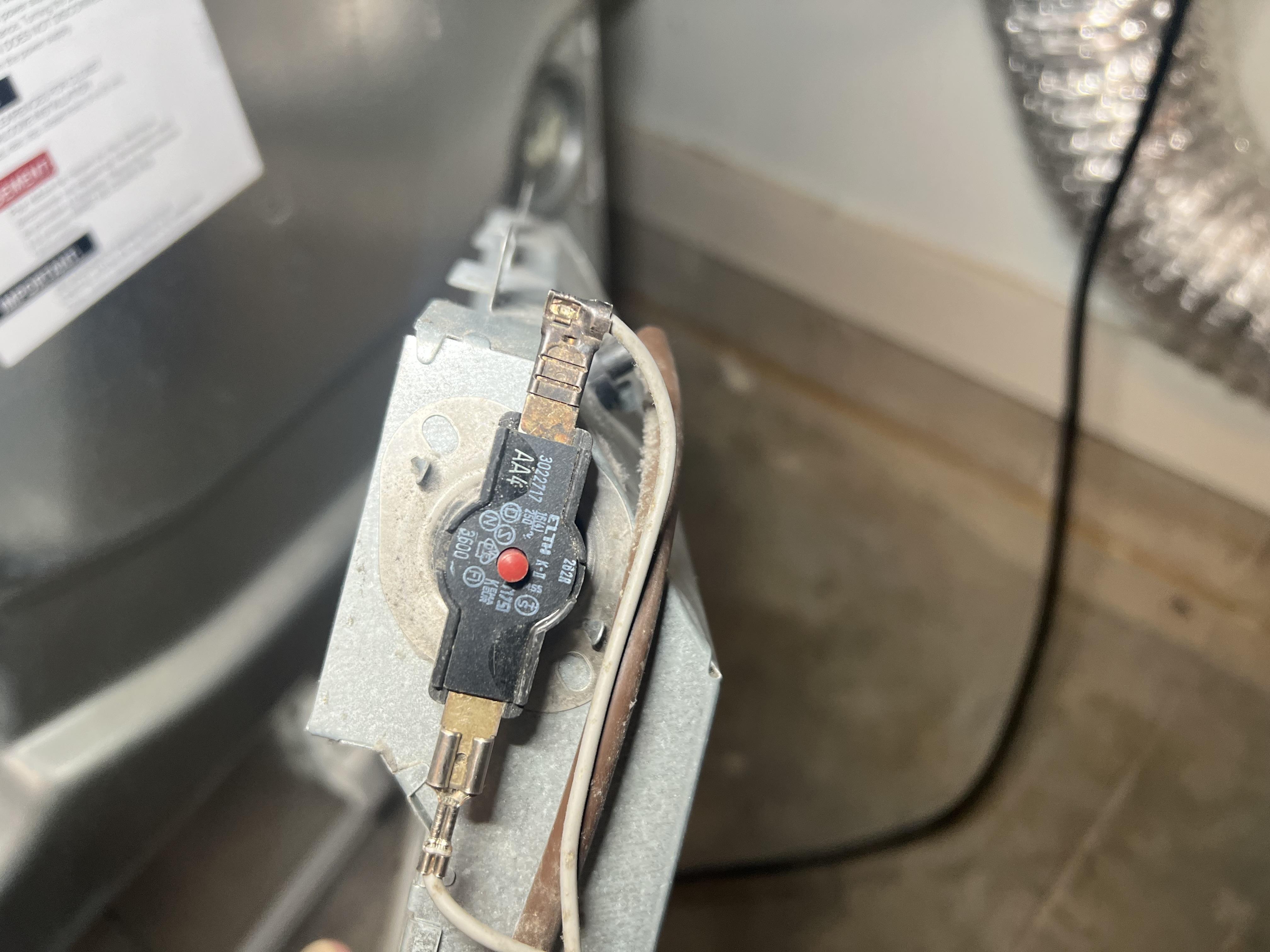
Bosch Dryer Tripped TCO
Koi Guy posted a blog entry in Koi Guy's Amazing Compendium of Timeless Appliantological Wisdom,
-
-
- 5 replies

Picked By
Samurai Appliance Repair Man,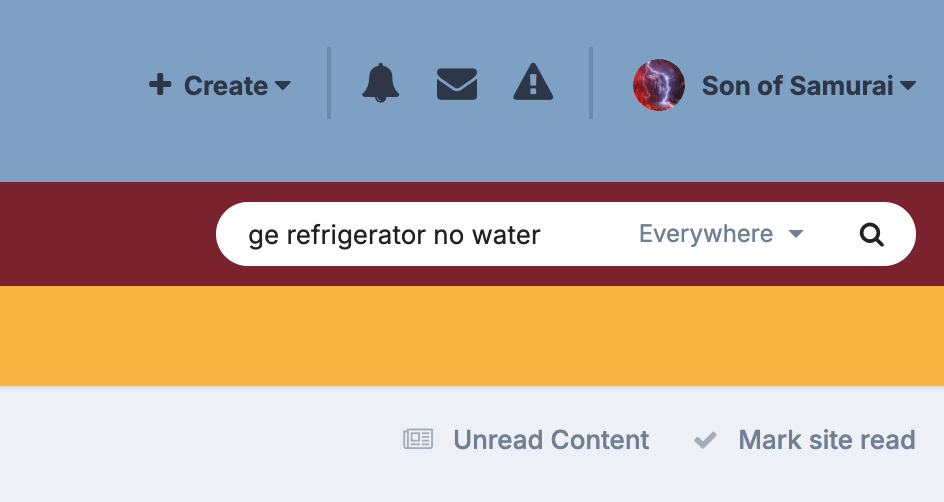
Appliantology as the Ultimate Searchable Reference Tool for Appliance Repair
Son of Samurai posted a blog entry in Appliance Repair Tech Tips,
-
-
- 0 replies

Picked By
Samurai Appliance Repair Man,
Maytag Electric Dryer Motor Stops Running After Start Switch is Released
Samurai Appliance Repair Man posted a blog entry in Samurai Appliance Repair Man's Blog,
-
-
- 0 replies

Picked By
Samurai Appliance Repair Man,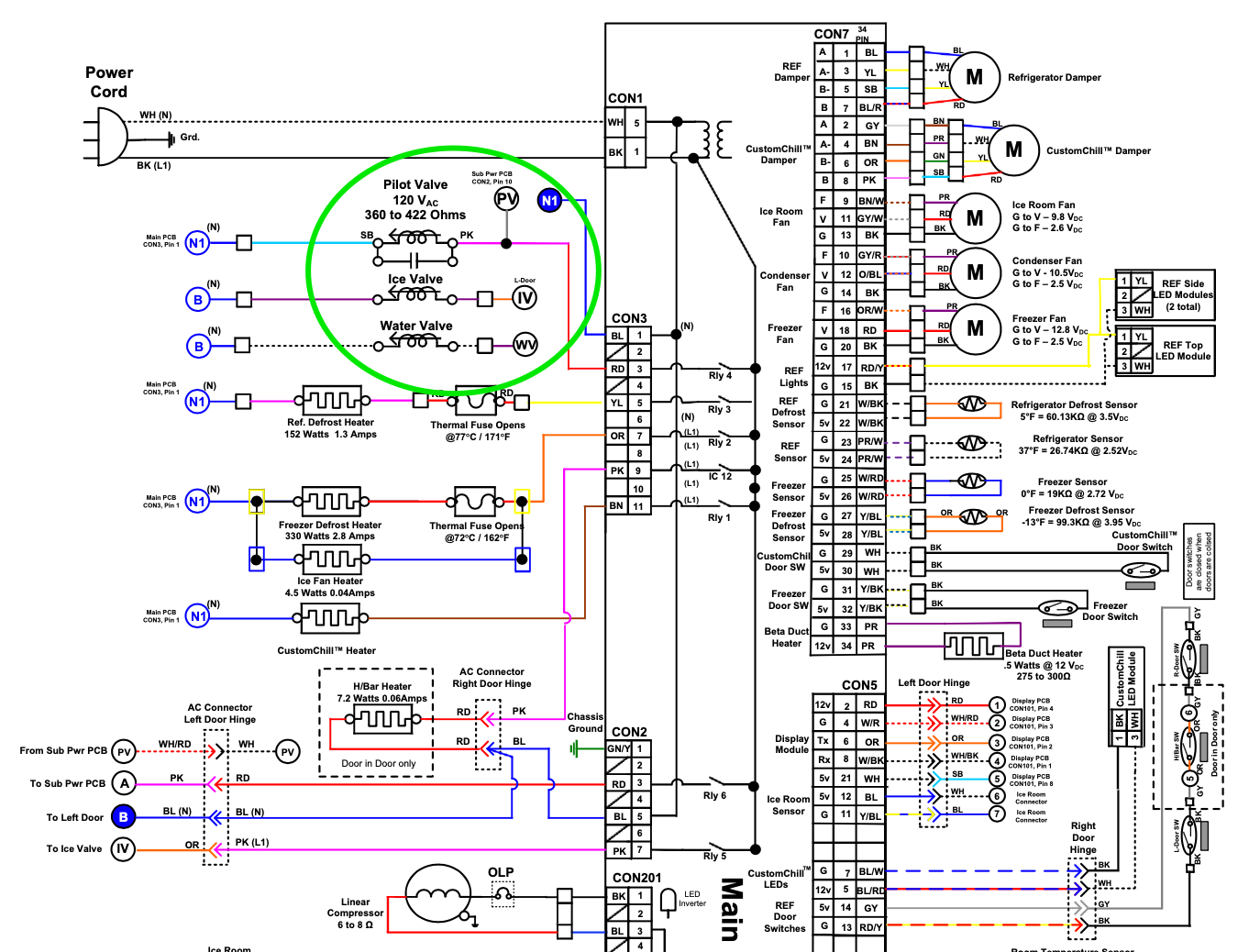
Untangle This Tricky Water Valve Problem with the Troubleshooting Ten-Step Tango
Son of Samurai posted a blog entry in Appliance Repair Tech Tips,
-
-
- 6 replies

Picked By
Samurai Appliance Repair Man,
Avoid These 4 Mistakes When Troubleshooting a Dead Appliance
Son of Samurai posted a blog entry in Appliance Repair Tech Tips,
-
-
- 1 reply

Picked By
Samurai Appliance Repair Man,
Don't Let This Frigidaire Oven Booby Trap Get You
Son of Samurai posted a blog entry in Appliance Repair Tech Tips,
-
-
- 4 replies

Picked By
Samurai Appliance Repair Man,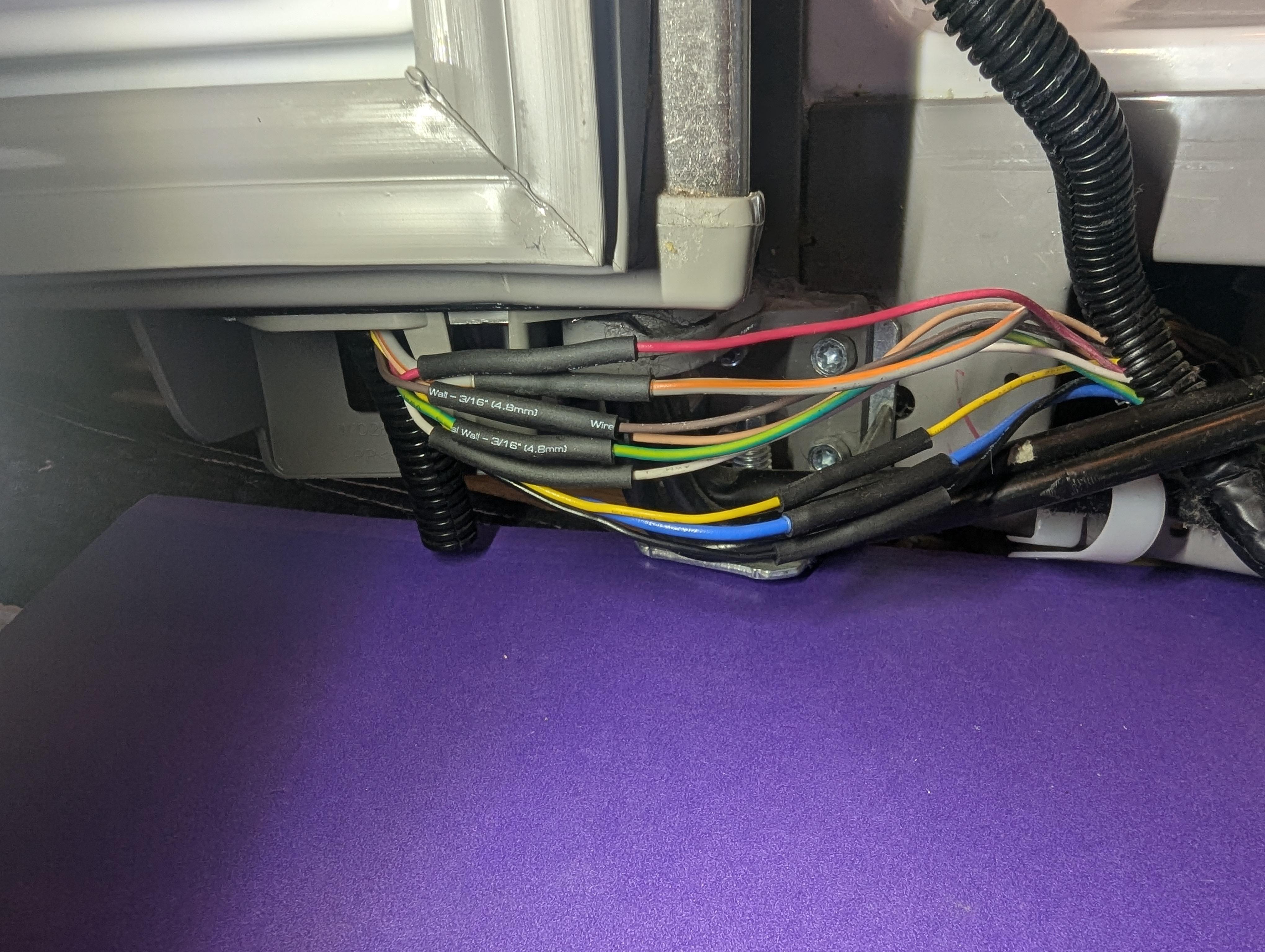
Wire Piercing Probes in Action - Locating breaks in Whirlpool SxS Lower Hinge Wiring
Rhubarb Tau posted a blog entry in Rhubarb Tau's Sloggy Vlog Blog Bog,
-
-
- 6 replies

Picked By
Samurai Appliance Repair Man,
WPL Direct Drive “burning smell”
Koi Guy posted a blog entry in Koi Guy's Amazing Compendium of Timeless Appliantological Wisdom,
-
-
- 5 replies

Picked By
Samurai Appliance Repair Man,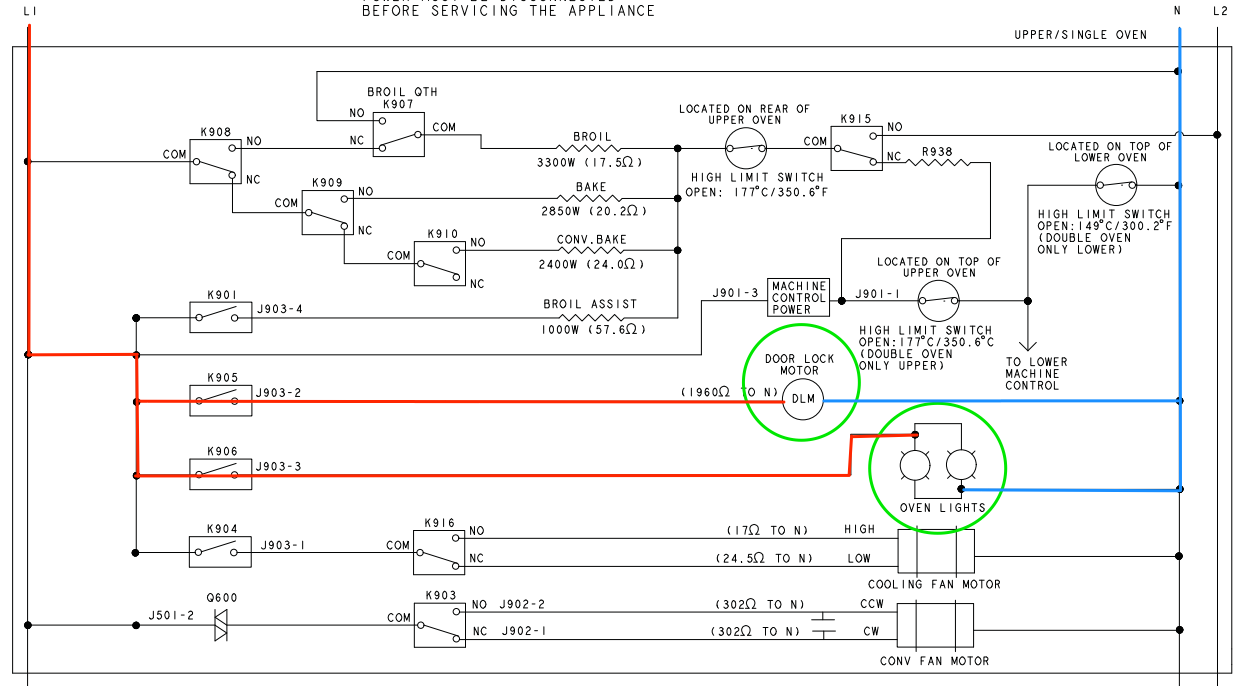
Using Schematics and Wiring Diagrams to Figure out Why the Lights Won't Turn Off on this GE Wall Oven
Son of Samurai posted a blog entry in Appliance Repair Tech Tips,
-
-
- 10 replies

Picked By
Samurai Appliance Repair Man,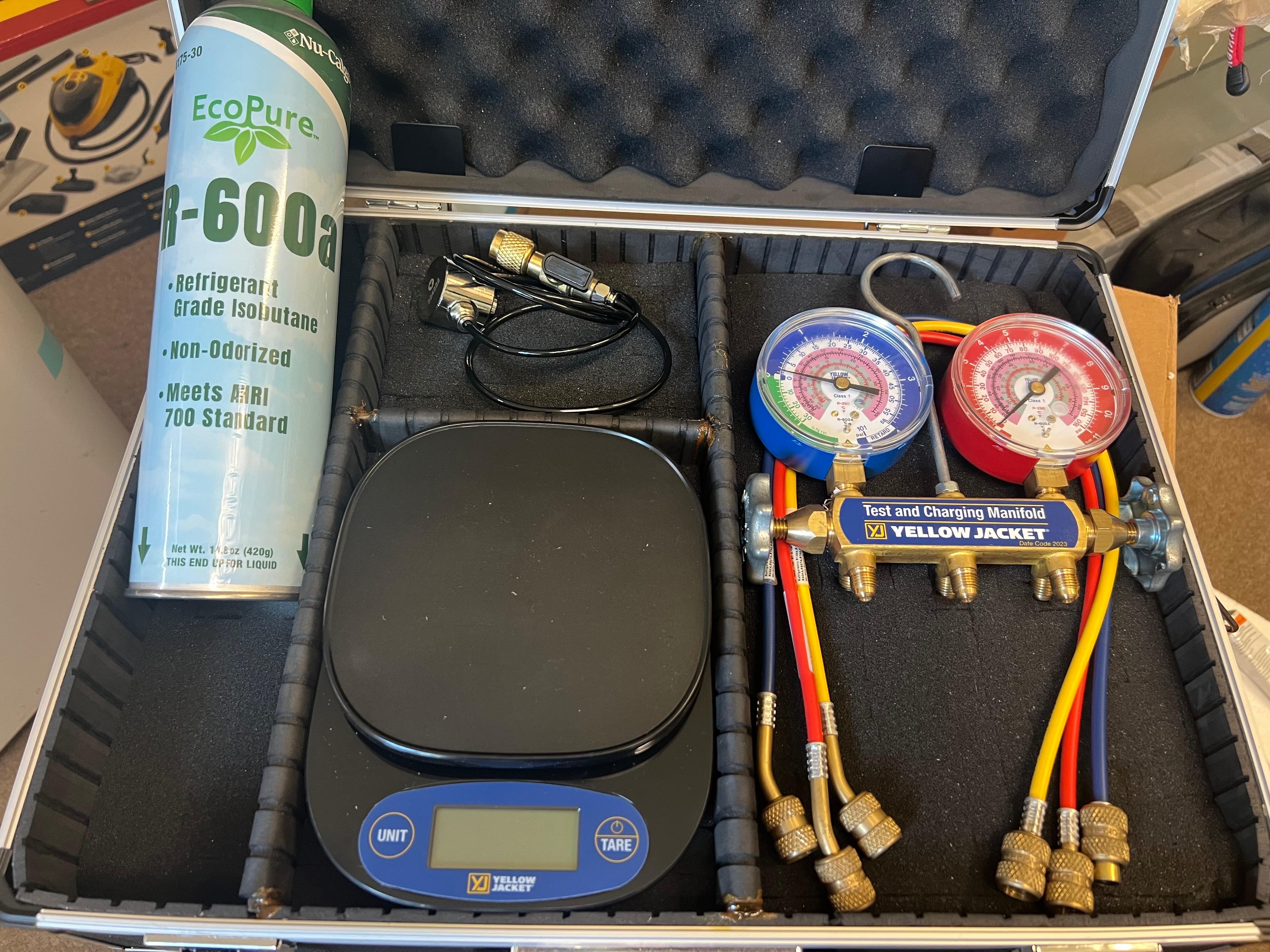
R600a starter kit
Koi Guy posted a blog entry in Koi Guy's Amazing Compendium of Timeless Appliantological Wisdom,
-
-
- 26 replies

Picked By
Samurai Appliance Repair Man,![[Free Full Video] Learn the Secrets of Whirlpool's Hybrid Heat Pump Dryer...](https://appliantology.org/uploads/monthly_2024_04/MST_10Year_logo_white.png.6cfd57d6a6904bd0026276b218d723ff.png)
[Free Full Video] Learn the Secrets of Whirlpool's Hybrid Heat Pump Dryer...
Son of Samurai posted a blog entry in Appliance Repair Tech Tips,
-
-
- 0 replies

Picked By
Samurai Appliance Repair Man,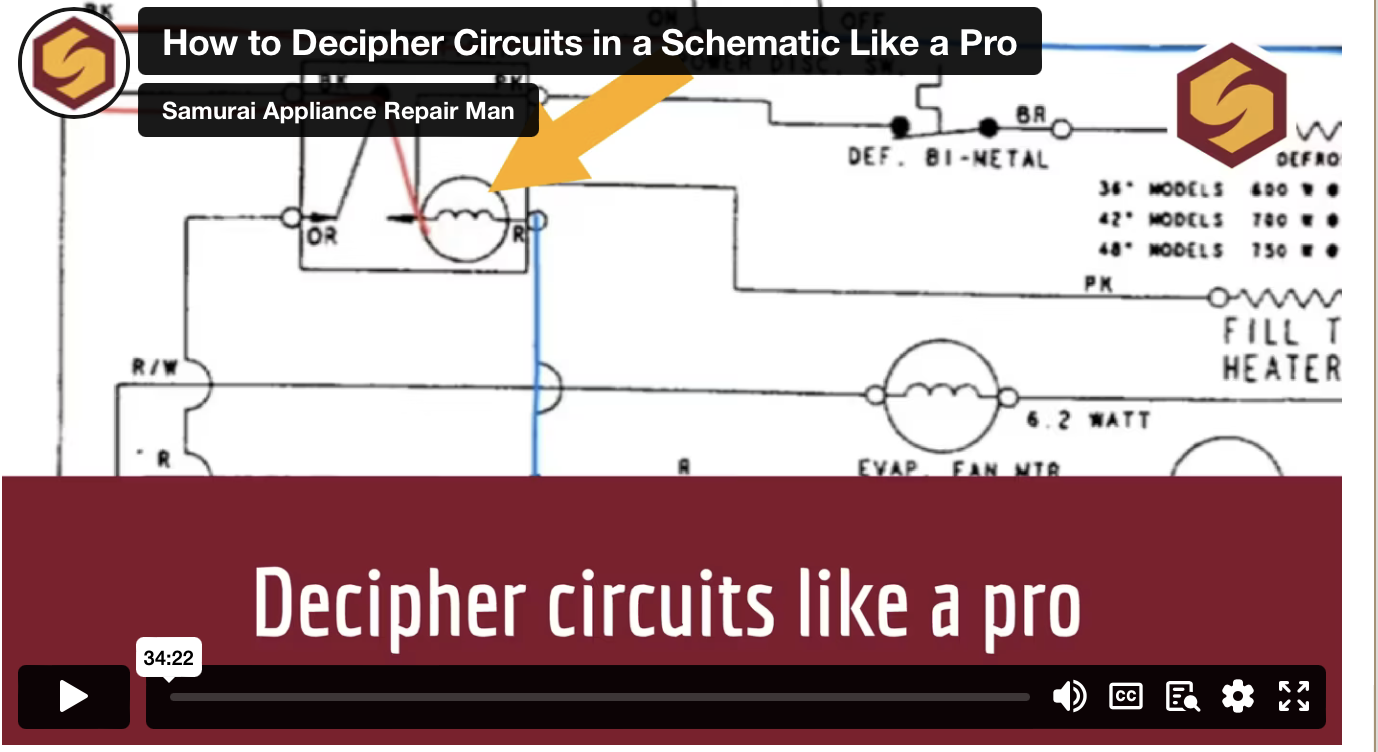
How to Decipher Schematics like a Pro!
Samurai Appliance Repair Man posted a blog entry in Samurai Appliance Repair Man's Blog,
-
-
- 1 reply

Picked By
Samurai Appliance Repair Man,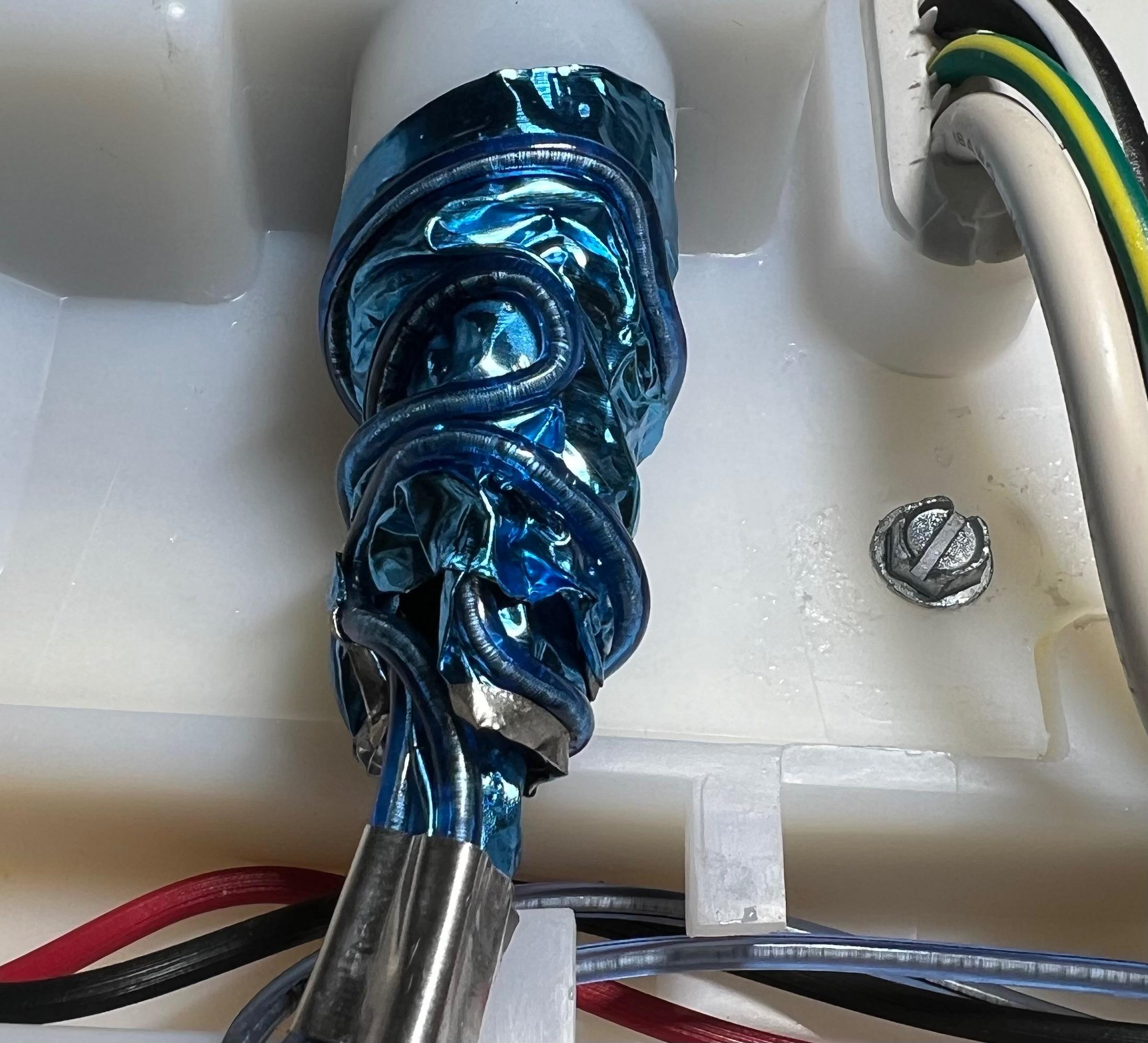
WPL Ceiling Mount IM hack
Koi Guy posted a blog entry in Koi Guy's Amazing Compendium of Timeless Appliantological Wisdom,
-
-
- 13 replies

Picked By
Samurai Appliance Repair Man,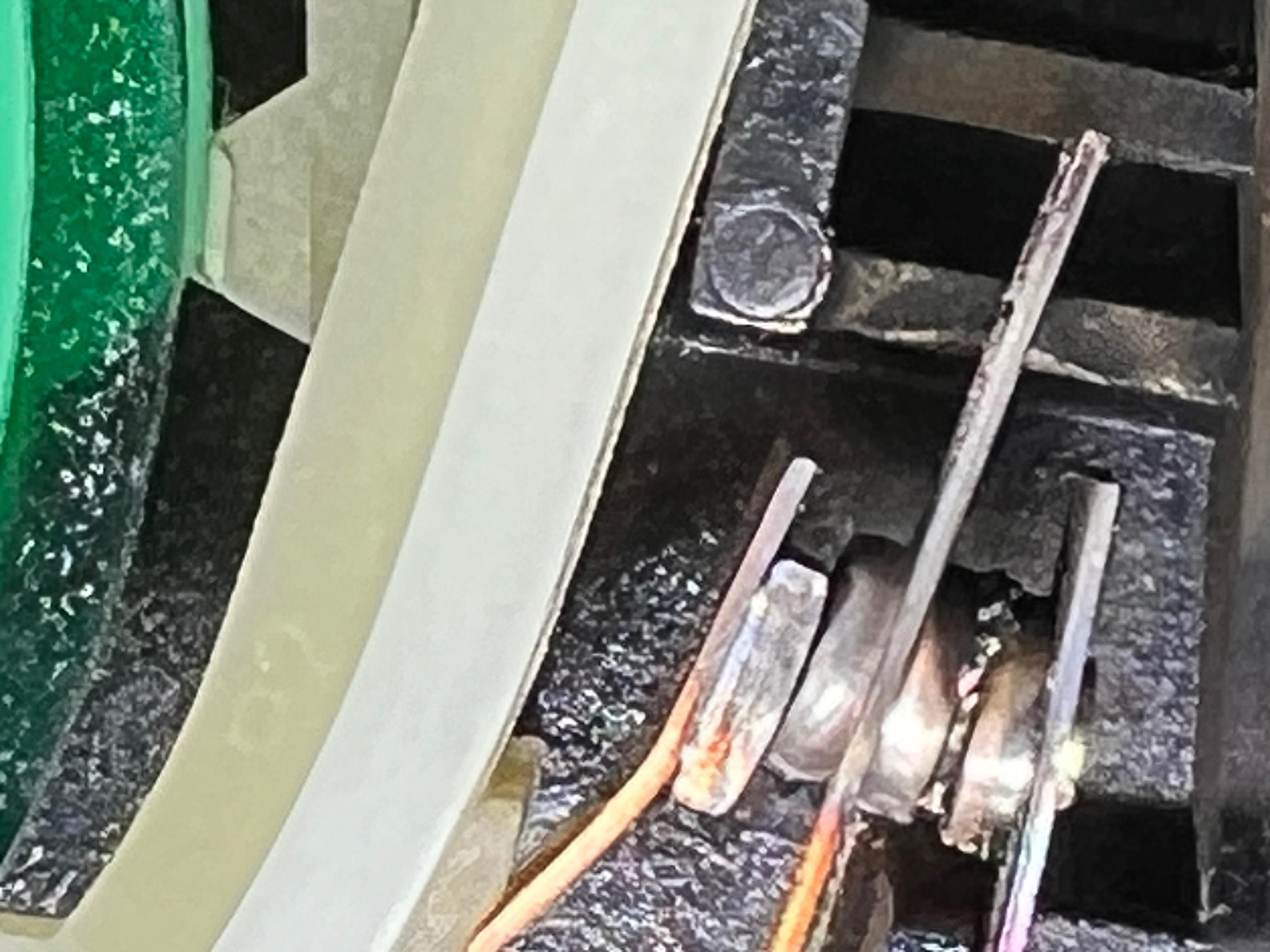
WPL dryer timer- intermittent heat
Koi Guy posted a blog entry in Koi Guy's Amazing Compendium of Timeless Appliantological Wisdom,
-
-
- 13 replies

Picked By
Samurai Appliance Repair Man,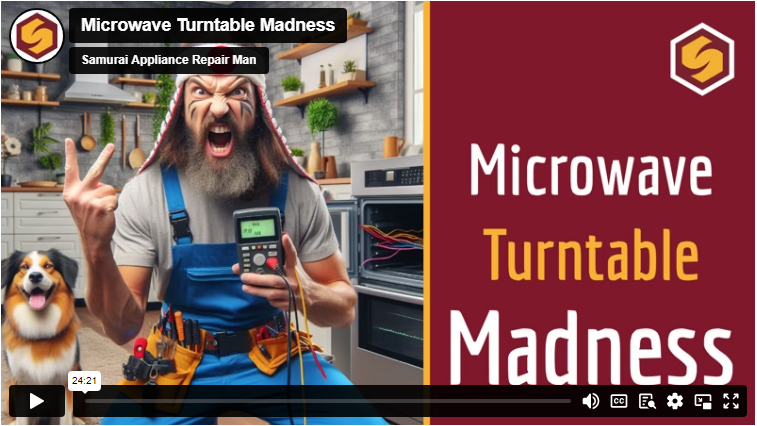
Microwave Madness and Meter Category Demystification Double Feature
Son of Samurai posted a blog entry in Appliance Repair Tech Tips,
-
-
- 0 replies

Picked By
Samurai Appliance Repair Man,
Read Timer Charts with Certainty Using the Timer Chart Cha-Cha
Son of Samurai posted a blog entry in Appliance Repair Tech Tips,
-
- 0 replies

Picked By
Samurai Appliance Repair Man,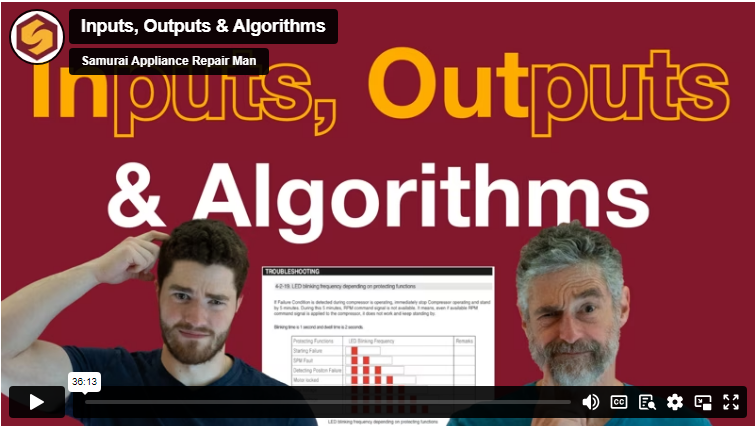
How to Troubleshoot Control Boards with Confidence
Son of Samurai posted a blog entry in Appliance Repair Tech Tips,
-
-
- 0 replies

Picked By
Samurai Appliance Repair Man,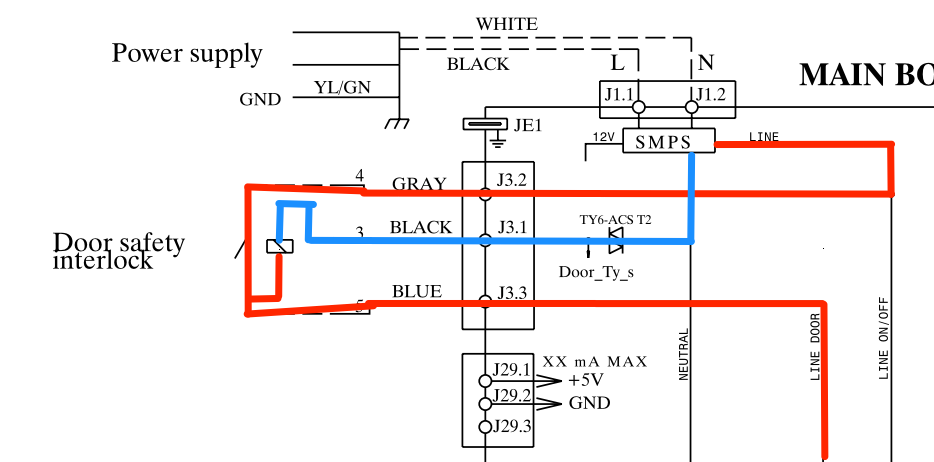
Functional Understanding of Circuits: the Key to Reading Unclear Schematics
Son of Samurai posted a blog entry in Appliance Repair Tech Tips,
-
-
- 9 replies

Picked By
Samurai Appliance Repair Man,![[Video] Demystifying Strip Circuits and Confusing DC Terminology](https://appliantology.org/uploads/monthly_2023_10/image.png.76bde7d86caa83db04f32d7678e5f09c.png)
[Video] Demystifying Strip Circuits and Confusing DC Terminology
Son of Samurai posted a blog entry in Appliance Repair Tech Tips,
-
-
- 0 replies



.png)


